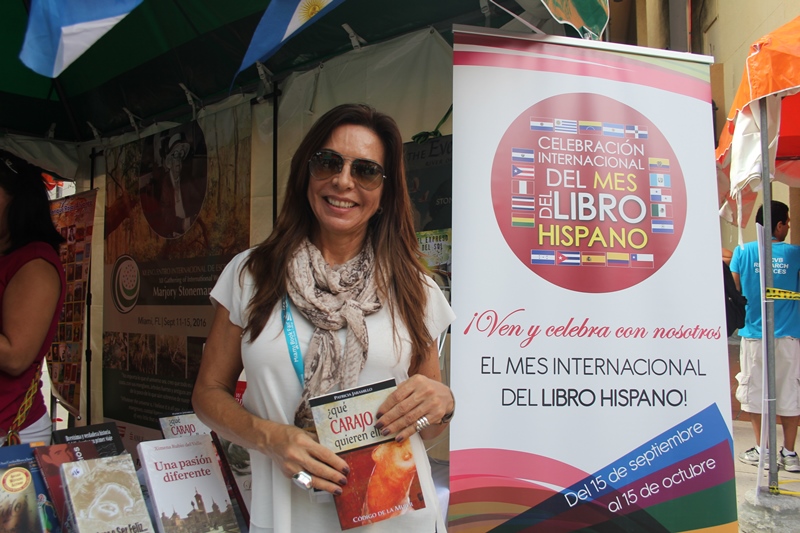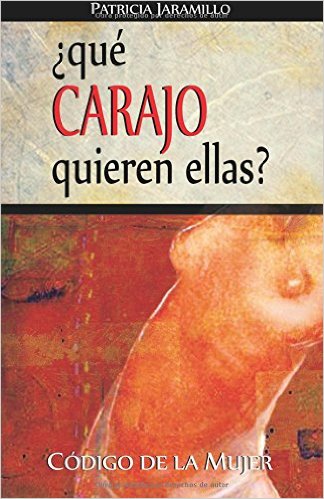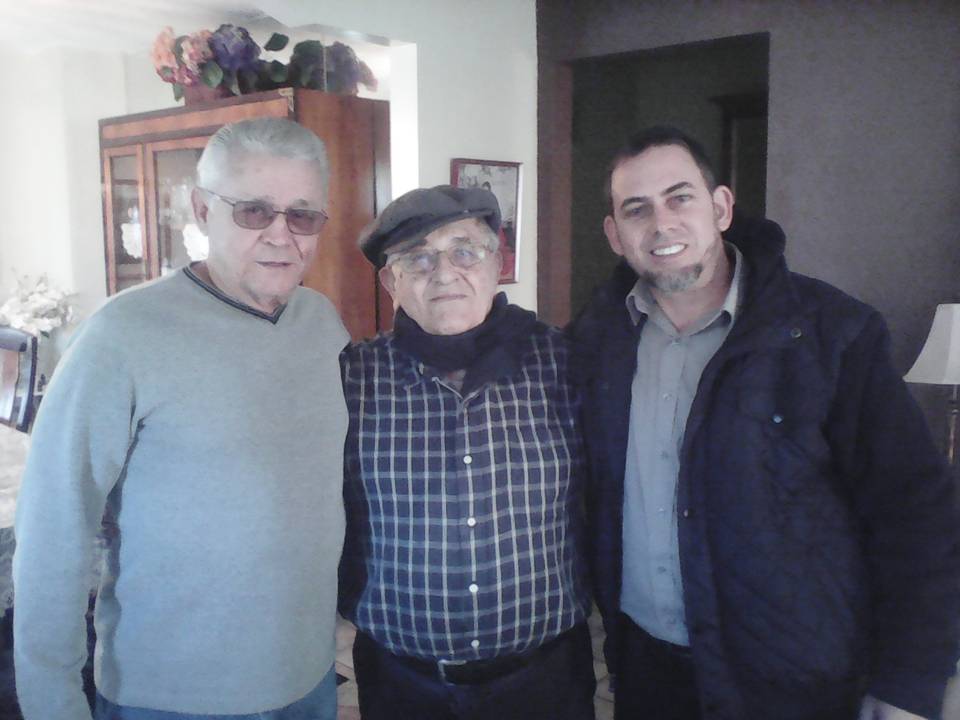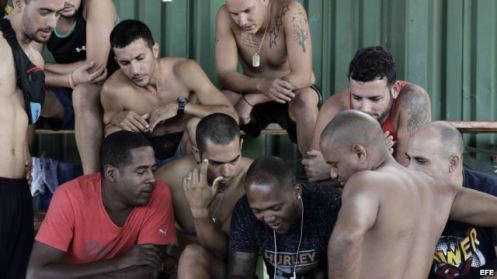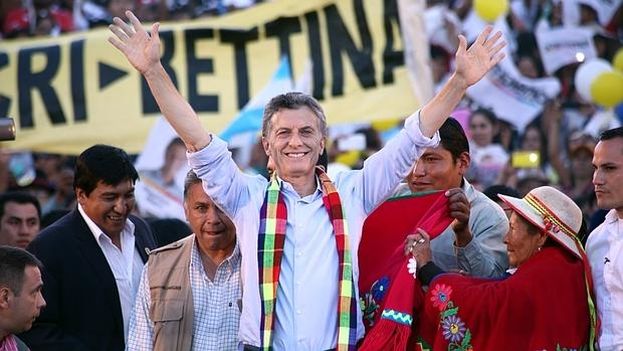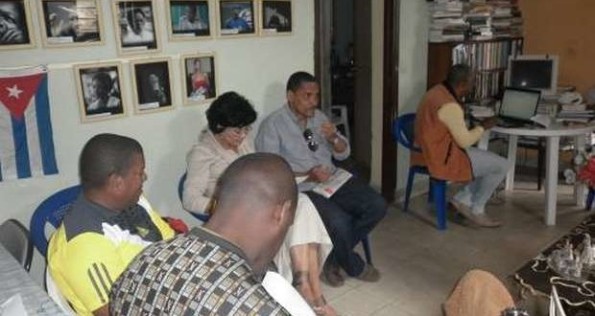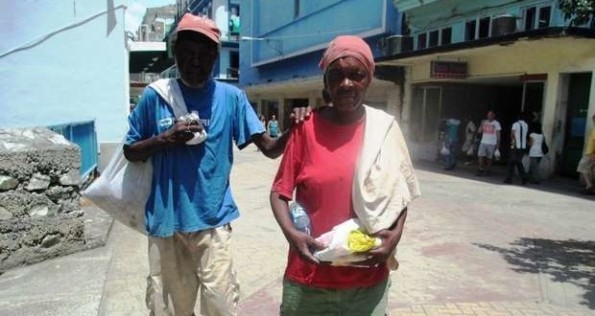Dimas Castellano, 31 July 2105 — According to a report presented by the Minister of Economy and Planning, Marino Murillo Jorge, in the Fifth Ordinary Sessional Period of the National Assembly of Popular Power, during the first haf year of 2015, the GDP grew by 4.7%.
In reference to transport, among other things, he said: in the first half year of 2015 this sector grew 6.5%, but the goods sector fell short by 700,000 tons, so that there is production which could not be transported and raw materials which was not delivered on time to its destination; between 20 and 25% of the $2,100,000 which, up to the month of March, was paid for demurrage of containers and ships was caused by deficiencies in the railway system and road transport. In order that delegates might understand the importance and characteristics of transport, he explained that for journeys of over 280 km the best way to transport things is the railway, so that, it is important that its activity levels return to normal. continue reading
A quick look at the history of railways in Cuba permits a clearer evaluation of his proposals
Among the freedoms conceded by the cities to the Creole-Cuban landowners at the end of the 18th century was the right to import machinery, whose introduction onto the island was a decisive move for the sugar industry.
In 1794, during Francisco de Arango y Parreño and Ignacio Pedro Montalvo’s first technical study journey, what most attracted their attention was the steam engine. Arango y Parreño saw in that the solution to the bottleneck in the Cuban sugar factories. In order to experiment he ordered a Watt, as these machines were called, named after their inventor. [1] Although the steam engine was not invented for specific purposes, the one acquired for Cuba was the first in the world which was applied to sugar production. [2] From 1820 on its use increased, continued in 1840 with the vacuum evaporator, as substitute for the open Jamaican trains, (a reference to the type of pails used in the processing machinery, and nothing to do with railway trains) and from 1850 on with the centrifuge to mechanise the purification operation. All of this made Cuba into the world’s largest sugar producer.
With the application of the steam engine to the wheels of the wagons, came the locomotive in 1804. In 1825, the first public railway in the world was opened in England and, in 1830 the first line for the haulage of passengers and goods. Arango y Parreño, being aware of the latest advances in the technology, understood the importance of its introduction on the island. On November 19, 1837, only twelve years after England, the fourth railway in the world was opened in Cuba. That day Havana was linked up with Bejucal. The following year the Havana – Güines line was completed, and twenty years after that all the sugar-producing areas in Cuba were joined by rail.
The railway dealt with the high cost of transportation, which was one of the brakes on the sugar industry. Up to 1830 the shipment of sugar from Güines to Havana represented 25% of the value of the product and, when the railway started up between those two points (1838), the transportation costs fell by 70%. But, apart from the economic considerations, the railway accelerated the unification of the island which had begun at the end of the 17th century, creating a similar physical and social picture throughout the island, leading to the emergence of Cuba as a social and economic entity.
Between 1899 and 1908, the Cuba Central Railway and the Cuba Eastern Railway were created. One of their objectives was to integrate the railways which had been constructed since colonial times. That process was speeded up by Military Orders 34 and 62 enacted by General Leonardo Wood, during the government of occupation, which developed the sugar industry as much as it did the railways. In 1909, when Major General José Miguel Gómez took on the presidency of Cuba the cities of Havana and Santiago de Cuba were already connected by the Central Railway.
Taking into account the fact that Cuba is a long thin island, it was understood since colonial times that the railway was the ideal mode of transport and consequently an efficient infrastructure was created which united the country from north to south and east to west.
Owing to the deterioration suffered after 1959, the Revolutionary government proposed the building of a central double-track line, 1,149 km long, for high-speed trains. On January 29, 1975, Fidel Castro opened the first 24.2 km section, but the plan collapsed, as such things nearly always did. Thirty-one years later, the same Fidel said: “We were intending to construct a new line employing all the technical resources required. Many curves were straightened out, but the work could not be finished, not just because we did not have the experience, but also for international problems which were arising. ..” In the same speech, delivered in 2006, he added: “Today we have just taken delivery of 12 locomotives, and not just any old locomotives; they are simply the best we have ever received in our country; the most modern, the most efficient, and the most economical.” [3]
From the year 2006 up to the present the official Cuban press provides information on what happened regarding the railway. The deterioration due to lack of attention in a 15 metre strip on both sides of the track, including some stretches which remained buried under rubble, required, in the year 2010, 30 million pesos to clean up and restore. [4]
With an integrated focus on the matter, Cuba arranged the purchase of 550 wagons, tankers and rolling stock, while at the same time investing in 112 Chinese-made locomotives. [5]
They did not put enough effort into solving the difficulties presented by the railway lines; in spite of spending nearly 600 million dollars in the last five years on the acquisition of equipment, machinery, tools, material and new productive lines capable of reversing the grave deterioration in the railways.
On January 20, 2011 capital repairs were started on the 40 km of the Central Line, planned for that year. According to the engineer Bárbaro Martínez, principal specialist in the National Company of Lines and Construction Works of the railway, “The damage ws such that we had to carry out a very major reconstruction task, equivalent, you could say, to building a new line.” [7]
The deficiencies in the tracks continue to be the principal cause of accidents. Interviewed by the newspaper Granma, the engine drivers of railcar 2125, Jorge Inerarity Estrik and Joan Camayo del Pino, recognised that, apart from the deterioration of the track, many accidents occur due to crew negligence, basically due to getting drunk, and other violations, and not complying with instructions. And frequently the cattle owners intentionally let their herds wander and wait with bags and knives until they are run over [because it is illegal to kill a cow in Cuba]. [8]
In 2011, manual maintenance of more than 7,000 km of track was realised, more than that delivered in 2010. Nevertheless, in spite of the achievements in the rail system, there are still factors obstructing all the effort put in to deal with all the accumulated deterioration over decades as well as the difficult economic situation in Cuba.
The Capital Industrial Works Company (Railway Sleepers) of Villa Clara last year was unable to meet its production plan, in spite of having built a new line with Italian technology, and a surface treatment plant. There was no lack of concrete or ballast, but there were difficulties with plastic for the excavation mechanism, the cleaning, the die-making, the service provided by the national mechanical industry, and other problems. and other problems. “For these reasons they failed to complete 45 thousand units, which prevented the renovation of 24 km of track.” (one km of track needs 1,800 railways sleepers. Right now, they are working with the left-overs from the last half-year of 2011, having not received any supplies.
From the foregoing analysis we can draw at least three conclusions:
1 – that the importance of the railway was understood by the ranchers over two hundred years ago, and from then up to 1959 the railway worked efficiently, so much so that you could set your clock by the punctual timekeeping of the trains;
2 – the goods left untransported in the half year examined is not news, it is the result of problems related to a common factor: the non-viability of the present Cuban model; and,
3 – the surprising fact is that in spite of the effect of the railway on the other sectors of the economy, the latter increased by 4.7%.
Footnotes
1: James Watt (1736-1819) Scottish engineers who invented the double-action steam engine
2: “The sugar factory, Cuban economic and social sugar complex” (Fraginals, Manuel Moreno)
3: Juventud Rebelde (Cuban daily paper). Alina Perera Robbio “We have procured the best locomotives in the world”, Sunday January 15th, 2006
4: Granma. Lourdes Pérez Navarro “Clean up the mess next to the railway track”.
5: Granma. Lourdes Pérez Navarro “The railway is waiting for its time”, Thursday, August 19, 2010
6: Granma, Lourdes Pérez Navarro “Investments which move trains” Friday May 28, 2010.
7: Lourdes Pérez Navarro. “Opening the way for the Central Line” Granma, Friday, 11 February, 2011.
8: Lourdes Pérez Navarro. “Accidents keep happening on the railway”. Granma, Thursday February 17, 2011.
9: Maylin Guerrero Ocaña. “Railway renovation moving on.”, Granma, Thursday, May 17, 2012
10: Lourdes Rey Veitía. “Without linking things up, the railway won’t advance” Monday, March 5, 2012.
Translated by GH
